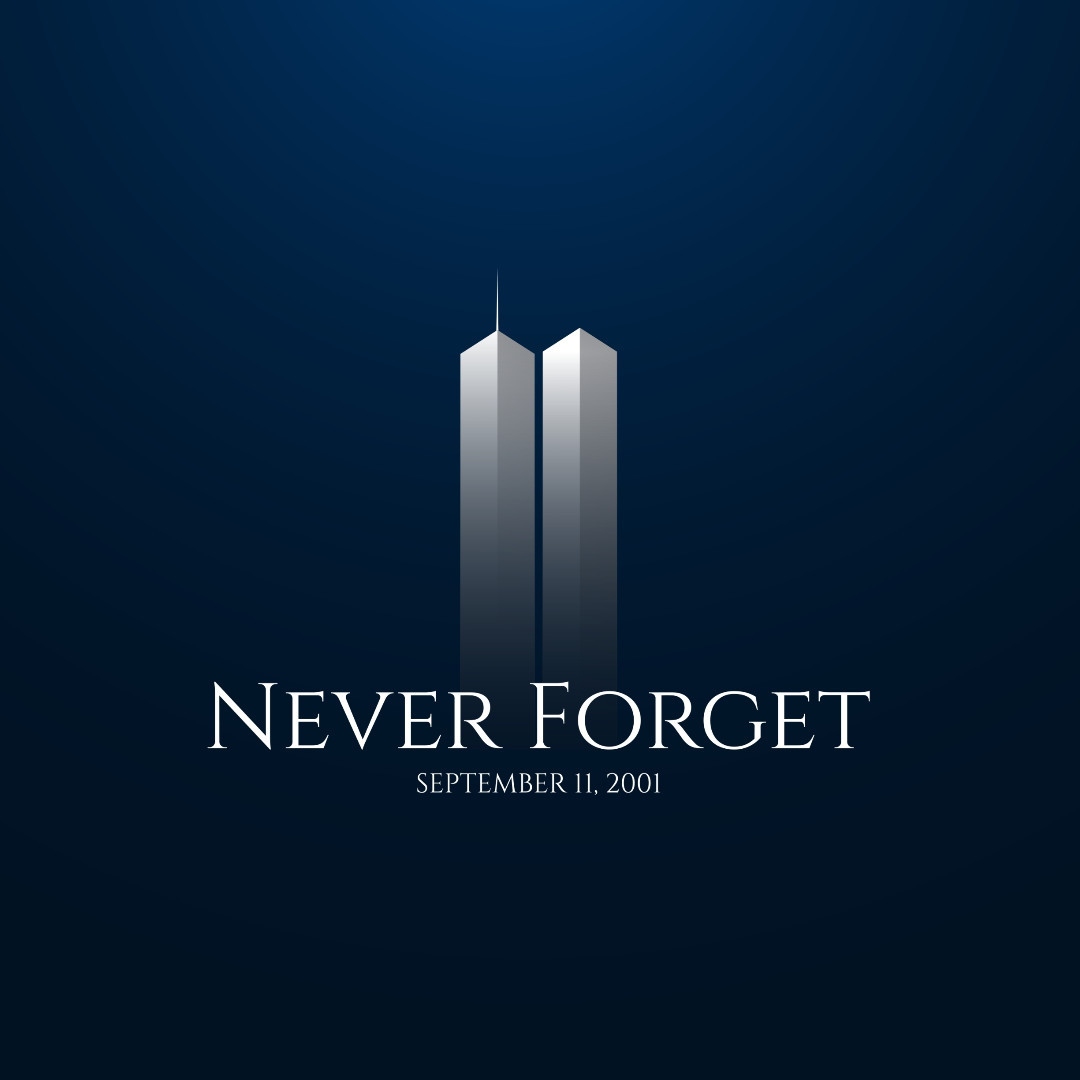Good news: the COVID-19 vaccine schedule is moving along in the U.S. and expected to pick up substantially very soon. Over 80 million doses of COVID-19 vaccine were administered from December 2020 until mid-March 2021, and the Biden administration is aiming to see that three million vaccines are administered per day by April. But a rapid ramp-up will mean a tsunami of vaccine-related waste, mainly needles.
There are similarities in how this material and other hazardous medical wastes are managed. But what’s different than with other vaccines, such as for the flu, is that the development and distribution of the COVID-19 vaccine could change very quickly as new versions become available. Adding to this challenging dynamic is that some vaccines will require two doses. So, there will be much higher volumes generated at one time.
Stericycle is among medical waste management companies who is already dealing with COVID-19 vaccine waste and is bracing to deal with a lot more of it. But it’s positioned to deploy quickly, says Cory White, executive vice president and chief commercial officer of Stericycle.
“Our waste management network is designed to scale capacity to meet fluctuating demand to support hospitals, retail pharmacies, nursing homes, and mass vaccination sites through the initial vaccine rollout and subsequent waves of vaccinations.
“From the company’s inception, our purpose has been to promote health and to safeguard the environment. In fact, we’ve helped protect team members, healthcare workers, patients, and communities through past outbreaks … and other states of emergency like Ebola, H1N1,” White says.
In addition to supporting health care providers and pharmacies, Stericycle is offering medical waste management expertise to regulatory agencies, vaccine manufacturers, and distributors, focused on compliant sharp disposal practices and methods to reduce needlestick injuries.
The Centers for Disease Control (CDC) states that medical waste from COVID-19 should be managed as a Category B waste (infectious substance not in a form that causes permanent disability or life-threatening or fatal diseases). Generators of this material should follow the treatment and disposal methods used for most potentially infectious medical waste. This usually means utilizing autoclaving, which leverages high-pressure steam and high temperatures to kill pathogens prior to disposal. Incineration may be used with certain materials, like full or partial vaccine vials (also known as residual doses).
The process typically starts at the vaccination site, with healthcare workers disposing of used needles in sharps containers, which are either picked up or mailed back to a permitted medical waste facility for treatment. That’s where medical waste companies like Stericycle perform the autoclave process to render the waste noninfectious before it’s landfilled or goes to a mass burn or waste-to-energy (WTE) facility. If it moves on to a WTE plant, the residual ash is landfilled.
While Stericycle’s medical waste management work has expanded, it first launched specifically to respond to a syringe tide in the late 1980s. Concerning volumes of hypodermic syringes and other medical waste were washing up on beaches in the Northeast, putting the health and safety of communities at risk.
“Today, we are bracing for a different type of syringe tide from the COVID-19 vaccine. We have taken several measures. We assembled a cross-functional task force dedicated to scaling up our operations. We built a granular, state-level forecast to better understand the vaccine rollout across distribution channels. We modeled various scenarios in terms of time to vaccinate and vaccination rates to prepare our operations. And we purchased additional containers; added shifts to our fulfillment center for mail back kits; placed additional containers across the country based on projected needs; and tailored solutions to different channels, sites of care, and immunization volumes,” White says.
Earlier during the pandemic Stericycle supported medical waste disposal in some of the hardest-hit areas of the U.S. partnering with temporary quarantine and treatment facilities in nearly 40 states, including the Javits Center, USNS Comfort hospital ship, USNS Mercy hospital ship, and Chicago’s convention center, McCormick Place.
The medical waste management company works with regulatory agencies, including CDC, the Occupational Safety and Health Administration (OSHA), and the Department of Transportation (DOT), as well as state regulatory agencies, to help customers navigate the vaccine rollout and inform them of regulatory changes as they occur.
White has this advice for vaccine waste generators:
“While most COVID-19-related waste is sharps, other materials may also require special handling and disposal. This could include empty vaccine vials, which are recommended to be placed into a sharps container to mitigate potential diversion or illicit use. Full or partially full vaccine vials should also be managed as regulated medical waste or nonhazardous pharmaceutical waste. Additionally, vaccine packaging can be disposed of as regulated medical waste. However, one should check the vaccine manufacturer’s instructions for properly disposing of packaging waste.”
White goes on to explain that personal protective equipment such as masks and gloves, as well as items such as gauze, cotton balls, and bandages should be disposed in “regular trash” containers unless considered potentially infectious materials, which would designate them for regulated medical waste containers.
Elise Paeffgen, an attorney at Alston and Bird in Washington, DC, has this advice for both generators and waste management professionals:
“COVID-19 vaccine waste streams are not unique. Generators, haulers, and processors should follow existing state laws applicable to vaccine wastes and guidance from vaccine manufacturers. And generators should comply with their waste hauler’s acceptance policy. A waste minimization plan is key, and generators should have a plan and standard operating procedures in place to maximize the use of usable vaccines and doses and ensure proper storage conditions.”
As far as whether there are differences in how each manufacturer’s product is managed, Paeffgen says cold chain storage is critical for the Pfizer and Moderna vaccines but that dry ice disposal should not raise concerns. It’s not medical waste. It can be left at room temperature in a well-ventilated area.
Generators who need more information, including hospitals, retail pharmacies, mass vaccination sites, and vaccine distributors can tap into Stericycle for help understanding compliant waste classification, as well as to understand disposal and reverse distribution processes.
This post was first shared on Waste 360, Ramping Up for COVID-19 Vaccine Waste, on March 23, 2021.











